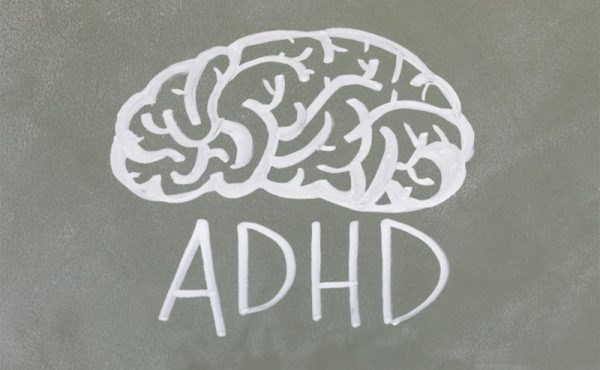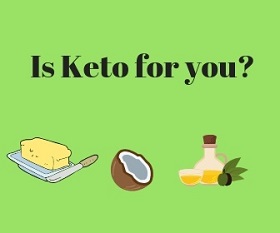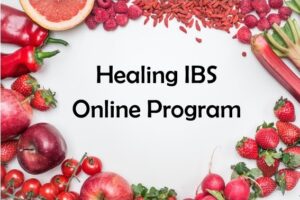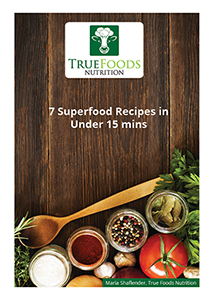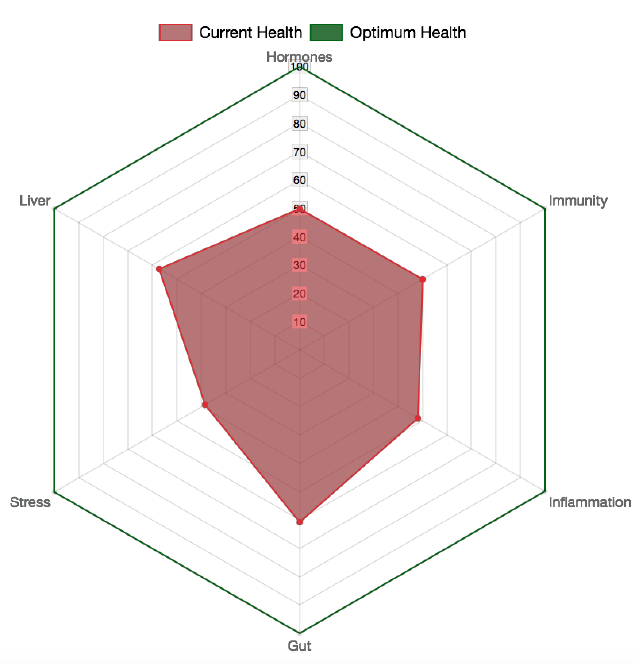Calcium Rich Foods besides Dairy
We all know that dairy (full fat, raw and grass fed is the best) contains large quantities of calcium. The dairy industry has ensured over the last few decades that dairy is pretty much perceived as the ONLY sources of calcium, which is far from the truth.
It’s also firmly drummed in the message that calcium is the most important mineral for bone health
It is not. Many other factors are vital to ensure bone health is optimal in both children and adults:
- adequate magnesium intake (richest sources are vegetables, fruit, nuts & seeds)
- adequate vitamin D and K levels
Without vitamin D, calcium doesn’t properly mineralise bones.
We also want our calcium to actually go to our bones and teeth, not soft tissues like breasts (calcification), kidneys (stones) and muscles (pain!). What I find most often on hair analyses is too much calcium in soft tissues.
Another factor is calcium absorption: just because a child drinks a glass of milk does not mean they absorb all it’s calcium. This is where there is a ‘catch 22’- if the digestive/gut function is compromised by food intolerances, then it is very hard to absorb nutrients from food and pasteurised cow’s milk contributes to compromised digestive function in many.
Many people can’t tolerate dairy
whether it’s due to lactose intolerance, cow milk allergy or digestive disturbance. In a great many people, dairy- especially cow milk products like milk, yogurt and cheese drive an inflammatory process. What does this look like? Congestion, mucous, skin issues, asthma symptoms and digestive issues. I find that 95% of my clients- children and adults alike- feel MUCH better in all aspects of health when they eliminate dairy from cows.
Why is dairy consumption increasing inflammation in many today whereas our great-grandparents had it without any issues?
During the processes of pasteurisation and homogenisation, enzymes that allow proper digestion of dairy get destroyed. The skimming/low fat process destroys vitamins A, D and K vital for absorption of calcium and other nutrients in dairy.
The types of cows that have been bred in the west (Holstein) seem to be a species that produces more inflammatory milk. Also, most cattle is fed corn (often GMO) and grain, which creates animals who are already in a state of inflammation.
Lactose intolerance
Has a very broad range of symptoms and is a broad term in itself. Whilst around 70% of the population is actually lactose intolerant, this can vary depending on the product. For example, some kids will not tolerate straight cow’s milk (even raw), cream or yogurt of any type, but quite happily eat hard cheese without any side effects.
However, regardless of lactose, it is the casein (protein) component of cow dairy that is particularly pro-inflammatory for many people’s immune systems.
It is a highly individual thing.
However, as calcium is such a vital mineral for bones and teeth, nerve conduction, hearth rhythm, immune and other functions, it is important we get enough of it, and food is the best place to get it (not synthetic calcium that is found in ‘fortified’ milks like soy and rice). If you or your child has no digestive, immune or behavioural issues and are ok with dairy, then better choices are cheese and yogurt made from goat’s or sheep’s milk. These are far easier to digest than cow dairy.
You can read more about calcium requirements in detail by age group here (government recommended daily intake or RDI):
The Calcium requirements for kids:
Children & adolescents
Age
1-3 yr: 500 mg/day
4-8 yr: 700 mg/day
Boys
9-11 yr: 1,000 mg/day
12-13 yr: 1,300 mg/day
14-18 yr: 1,300 mg/day
Girls
9-11 yr: 1,000 mg/day
12-13 yr: 1,300 mg/day
14-18 yr; 1,300 mg/day
There are many foods that contain good levels of calcium. Below is a sample list with the amounts of calcium in mg. So you can add up a few foods and see how much it adds up per day to check against the RDI above. I’ve included dairy as well for comparison and just in case your child can also tolerate small amounts.
It’s important to know that:
- Calcium absorption is highly dependent on good levels of vitamin D. This is a vital nutrient/hormone that our bodies generate through sun exposure. Fair skinned individuals need 10-15 mins of MIDDAY sun exposure most days of the week without sunscreen or clothes protection to achieve a good level of vitamin D. Darker skinned people need longer.
- Exercise is vital for strong bones and goes together with calcium and vitamin D.
- Calcium absorption varies GREATLY by individual.
- Phytate content of food negatively affects calcium absorption (see previous post here on more about phytates). Grains, legumes, nuts and seeds contain phytic acid that needs to be minimised via soaking/sprouting/fermenting.
- Oxalate content of green leafy vegetables negatively affects calcium absorption. Always cook greens such as kale and spinach to reduce oxalic acid. This means raw kale/spinach smoothies are not a good idea, despite their popularity.
- The bioavailability of calcium from milk is 29%.
- Calcium from supplements is poorly absorbed.
- Sodium intake affects calcium absorption. The best way to limit sodium is to eliminate or significantly limit processed foods from the diet (note: bread is a processed food and is typically very high in sodium). Adding a good quality sea salt to cooking is highly desirable and not harmful.
- Excessive phosphates in the diet (primarily from soft drinks) limit calcium absorption.
- There are some kids who seem to live on milk, cheese and yogurt. Please note that calcium competes for absorption with zinc and iron, both highly essential minerals, so please watch the milk ‘guzzling’ and try to stick to the recommended amounts in the table above.
Food sources of calcium
| Food | Serving | Calcium (mg) |
| Yogurt | 1 cup | 400 |
| Parmesan cheese | 40g | 410 |
| Cheddar cheese | 40g | 303 |
| Full fat milk | 1 cup | 265 |
| Feta cheese | 40g | 130 |
| Cream | 50g | 85 |
| Fresh or canned sardines with bones* | 105g can | 410 |
| Canned salmon with bones** | 95g | 380 |
| Chia seeds | 15g | 75 |
| Almonds | 20 nuts | 50 |
| Dried figs | 50g (handful) | 50 |
| Almond and chia spread (Melrose brand) | 10g | 26 |
| Parsley, curly raw | 100g | 245 |
| Mung bean srouts | 100g | 260 |
| Rhubarb, cooked | ½ cup | 74 |
| Spinach, cooked | ½ cup | 115 |
| Bok choy, cooked | ½ cup | 79 |
| Kale, cooked | ½ cup | 61 |
| Broccoli, cooked | ½ cup | 35 |
*whilst I do not advocate consumption of canned foods, if a child is allergic to dairy or is severely lactose intolerant, this is an important source of calcium, and should be used
**canned salmon should be red wild Alaskan or Canadian salmon
Whilst many supermarket soy, rice, oat and other milks are calcium fortified, these are poor sources of calcium as it is added as a supplement in a synthetic form. Also, these drinks are highly processed and contain sugars and vegetable oils. Soy is a very poor food due to its high phytoestrogen content and is a very poor choice especially for children.
Try and include some goat and sheep dairy in the diet if tolerated and go for nuts and seeds as well as vegetables to ensure a good level of calcium.
To ensure your calcium is going to the right places in the body, I highly recommend a Hair Mineral Analysis. Book in a FREE 15min consult to find out more about this valuable and affordable test.

